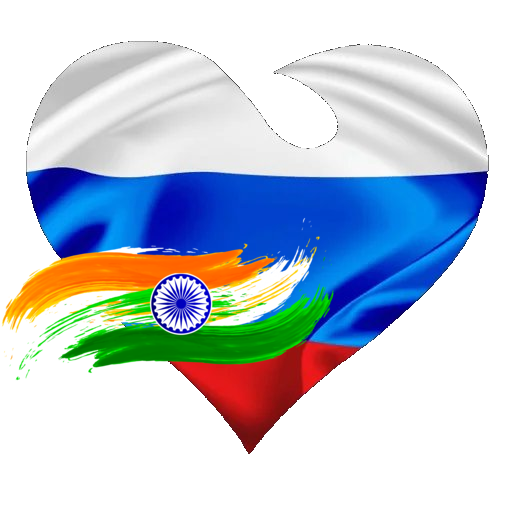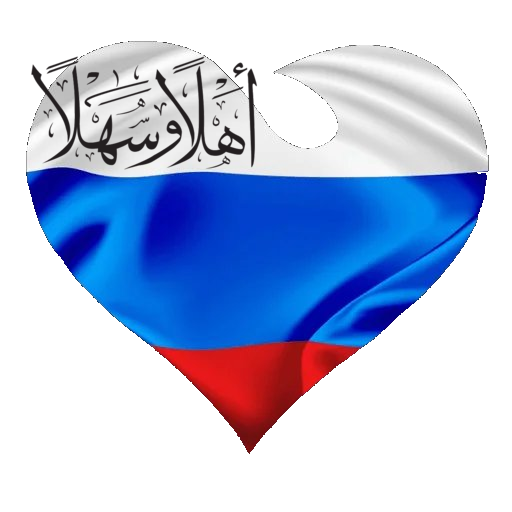Circus art in the modern sense came to Russia in the 17th century: wandering foreign performers demonstrated the wonders of tightrope walking, showed ingenious tricks and amused people.
In the 18th century, Russian Artists began to associate and form companies. One hundred years later, stationary circuses appeared on the territory of the country, the first such circuses that are still operating today.
First stationary circus in Russia
The founders of the first circus in Russia were the brothers Dmitry, Akim and Pyotr Nikitin, the sons of a serf from early childhood who immersed themselves in circus art. When his father gained his freedom, he took his children on a journey through the Volga region, earning with what to survive by juggling and musical performances.
Each of the children played a specific role: Akim was the main character of the comedy, he acted as a clown and played various musical instruments, Peter surprised the audience with physical strength and dexterity, and Dmitry was a joker leader.
In the end, their “tour” stopped in Penza, where in 1873 they opened the first stationary circus in Russia – the “Ice Palace”. On the banks of the Sura River, piles were laid on which poles fastened with ice were installed, a simple structure was covered with a canopy, and the first circus in Russian history was ready, but every spring it was necessary to stop its activities.
Three years later, the brothers opened a circus in Saratov, for this, they bought the building for the circus from a local businessman, Emmanuel Baranek, and it lasted almost until the end of 1928. Only Russian artists performed in the arena, which was an important condition for the Nikitin brothers.


The new building of the Saratov Circus was designed by the architect Boris Vilensky, famous for the construction of some Moscow metro stations, and it was there that the famous comedians Pencil (Mikhail Rumyantsev) and Sunny Clown (Oleg Popov) began their careers. and coaches Mstislav and Walter Zapashny also worked there.


The oldest circus in St. Petersburg
The turning point for the appearance of the circus in St. Petersburg was the arrival in the city of a traveling company of the famous Austrian circus artist Karl Ginne.
On arrival he was very surprised by the absence of a permanent circus in the capital of the Russian Empire. So he rented a dilapidated building on the banks of the Neva and financed the construction of a wooden circus with his own money.
Later, when Ginne left St. Petersburg, the new building became the property of the Italian Gaetano Ciniselli, who decided to build the first stone circus in Russia. Ciniselli managed to persuade the emperor to give a place for construction in the center of the city, on the embankment of the Fontanka River. There where the St. Petersburg Circus, opened in 1877, still stands to this day.


The first circus in Moscow
The first Moscow circus was the circus on Tsvetnoy Boulevard, which opened in 1880. Its founder, Albert Salamonsky, entered the history of circus art as the creator of the first children’s performances: before the appearance of the circus on Tsvetnoy Boulevard, the performances were performed exclusively for an adult audience.



The Salamonsky Circus was the first to hold matinees adapted for children, Sunday children’s performances and Christmas trees, from which children came out with gifts.
The circus performances were visited by the entire Russian intellectual class: the writer Leo Tolstoy, the poet Alexander Blok, the philosopher Pavel Florensky and many more.
With the advent of Soviet power, the Salamonsky circus became the first state circus. In the 1920s and 1930s, the country had its own circus art workshop for the training of artists. The circuses gradually began to abandon foreign acts.
During the Great Patriotic War, the circus on Tsvetnoy Boulevard, like many others, continued to function. It showed military-themed acts, and sent artists to perform at the front. Later, well-known productions appeared: “Youth is celebrating”, “Happy sailing”, “Carnival in Cuba”.
Performances by circus legends – Leonid Kusko, Mikhail Shuydin, Oleg Popov, Leonid Yengibarov – filled the halls. But the most famous performer of the circus in Tsvetnoy for many years remained Yuri Nikulin, after whom the circus has been named since 1996.


Circus tickets in Moscow or St. Petersburg
If you plan to travel to Russia and want to enjoy the historic Moscow or St. Petersburg circus, contact us and we will arrange the tickets in advance for your peace of mind.





